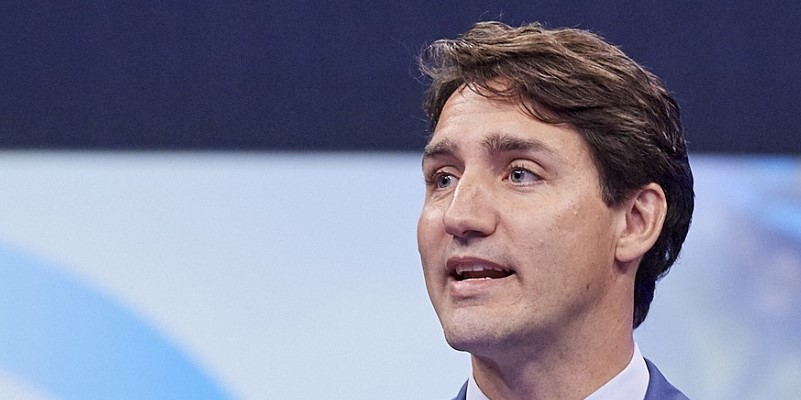Three things Canadians should look for in upcoming federal budget

The Trudeau will likely table its next federal budget next week. While details of the government’s plans are limited, the new Liberal/NDP agreement raises the spectre of higher government spending and new or expanded government programs.
Here are three key items Canadians should look for in the upcoming budget.
First, Ottawa will likely have significantly more revenue than initially forecasted last spring. All provinces who recently updated their finances reported marked improvements in revenues and the situation for federal finances is unlikely to be any different. Revenues collected via federal taxes on personal income, businesses, and goods and services are all anticipated to be higher than original expectations.
With higher revenues, questions loom on the other side of the fiscal ledger. Can the Trudeau government demonstrate spending restraint to improve the fiscal situation or will it revert to old tendencies and spend the majority of the unplanned influx of revenue?
This government has a poor record with unexpected revenues and has frequently opted to increase spending rather than move towards budget balance. Before COVID, federal per-person program spending had already reached the highest point in Canada’s history at $9,500 (adjusted for inflation) in 2019. If the Trudeau government chooses not to increase spending in this spring’s budget, it could reduce the deficit significantly now and in the coming years.
Second, and relatedly, is there a realistic path to a balanced budget? Prime Minister Trudeau committed to “absolutely” return to budget balance post-COVID during his end-of-year comments in December 2020. His statement, however, rings hollow without a formal plan.
The prime minister already abandoned his previous campaign commitment of three years of small deficits and a balanced budget in 2019. After winning the 2015 election, the Trudeau government not only increased the size of deficits beyond its original promise, but also ran a deficit of $39.4 billion in 2019/20.
Actions speak louder than words and the prime minister has yet to present a credible plan to improve federal finances. The government must include clear and decisive measures in the upcoming budget, indicating how and when it plans to return to budget balance.
Lastly, Canadians should look for the government’s plan to improve economic growth. What specific policies will Ottawa pursue and how does this differ from previous strategies? In the past, Trudeau government policies have included a combination of higher taxes, marked increases in spending financed by borrowing, and greater government intervention in the economy.
Put differently, the Trudeau government’s vision for a stronger economy has rested on a larger, more significant role for politicians and bureaucrats picking winners and losers, and a reduced role for entrepreneurs, businessowners and investors. But this plan resulted in worse economic performance than the prime ministerial tenures of predecessors such as Chretien, Martin and Harper.
As the Canadian economy recovers, Ottawa can encourage the creation of new products, services and businesses to drive economic growth by making Canada’s tax rates more competitive with other countries by reducing taxes on personal income, businesses and capital gains. Cutting regulatory red tape and removing internal trade barriers would also improve economic performance.
In this year’s federal budget, Canadians should pay close attention to the government’s plans for spending restraint, a realistic path to balanced budgets and economic growth strategies. The policy choices made today will ultimately determine the direction of the country for many years to come.
Author:
Subscribe to the Fraser Institute
Get the latest news from the Fraser Institute on the latest research studies, news and events.

